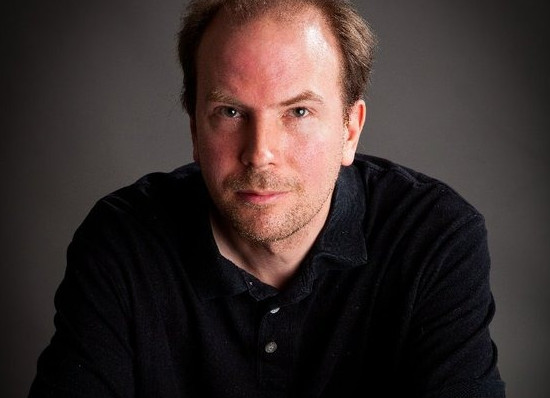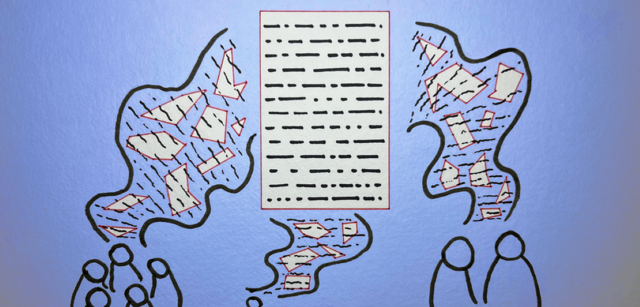< Back to news
The Shallow Brain hypothesis
Not only AI systems, but also theories of brain function often assume deep networks. The theory of Predictive Coding (predictive coding) provides an important framework for understanding brain functions, which posits that the brain constantly generates and updates internal models of the environment. Predictive Coding models also predominantly assume deep, hierarchically organised networks.
In a recent paper published in Nature Reviews Neuroscience, researchers from the University of Amsterdam and the University of Tartu (Estonia) propose a groundbreaking new theory - the Shallow Brain hypothesis - that challenges the commonly held view that neural computation occurs exclusively through hierarchical structures.
This article was published on the website of the University of Amsterdam (in Dutch).
The image was generated by the University of Amsterdam using Adobe Firefly (keywords: shallow brain architecture).


14 November 2023
A new theory sheds light on the ‘shallow’ structure of the brain and AI
Recent advances in artificial intelligence are astounding. Some people even claim that AI systems are already sentient.
These AI systems often use so-called 'deep learning' networks where information is processed through an accumulation of interconnected layers (therefore called 'deep'), each consisting of artificial, mathematically defined neurons. It is believed that deeper networks (i.e. with more and more layers of artificial neurons) have more computational power; therefore, the current trend in AI is to use such deep network architectures.
The Shallow Brain hypothesis
Not only AI systems, but also theories of brain function often assume deep networks. The theory of Predictive Coding (predictive coding) provides an important framework for understanding brain functions, which posits that the brain constantly generates and updates internal models of the environment. Predictive Coding models also predominantly assume deep, hierarchically organised networks.
In a recent paper published in Nature Reviews Neuroscience, researchers from the University of Amsterdam and the University of Tartu (Estonia) propose a groundbreaking new theory - the Shallow Brain hypothesis - that challenges the commonly held view that neural computation occurs exclusively through hierarchical structures.
According to this new theory, the brain is characterised by a shallow structure elegantly intertwined with the conventional, deep hierarchy of cortical regions. Shallow, fast parallel computations and deep, slow computations coexist in the brain without interfering with each other. They can even reinforce each other by offering shortcuts for decisions that would otherwise take too long. This theory inspires AI research to look for new directions and better imitate the brain.
This article was published on the website of the University of Amsterdam (in Dutch).
The image was generated by the University of Amsterdam using Adobe Firefly (keywords: shallow brain architecture).
Vergelijkbaar >
Similar news items

August 22
AI outwrites bestselling fantasy authors in short story challenge
A writing contest between humans and machines ended with a surprise: the top-rated story was written by AI, much to the dismay of fantasy author Mark Lawrence.
read more >

August 22
AI assistance may reduce doctors’ diagnostic sharpness
Doctors who rely on AI may become less accurate at spotting early signs of illness. New research highlights the risk of “deskilling” in medical AI use.
read more >

August 22
AI supports more diverse news exposure and healthier public debate
News sites often show content that confirms what you already believe. AI can help surface alternative perspectives, and strengthen public debate.
read more >